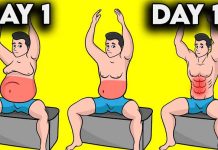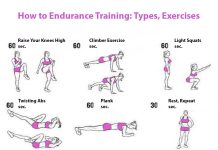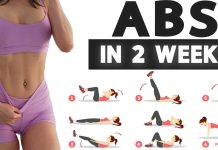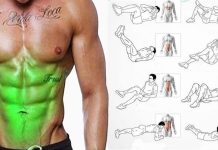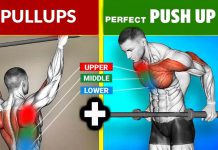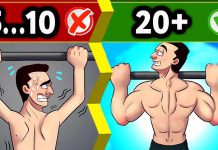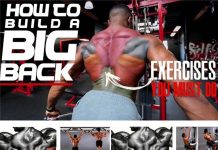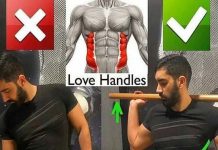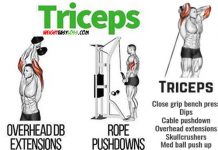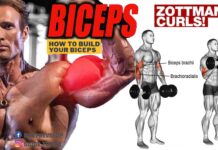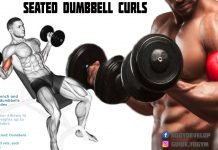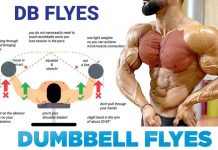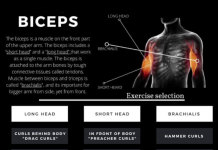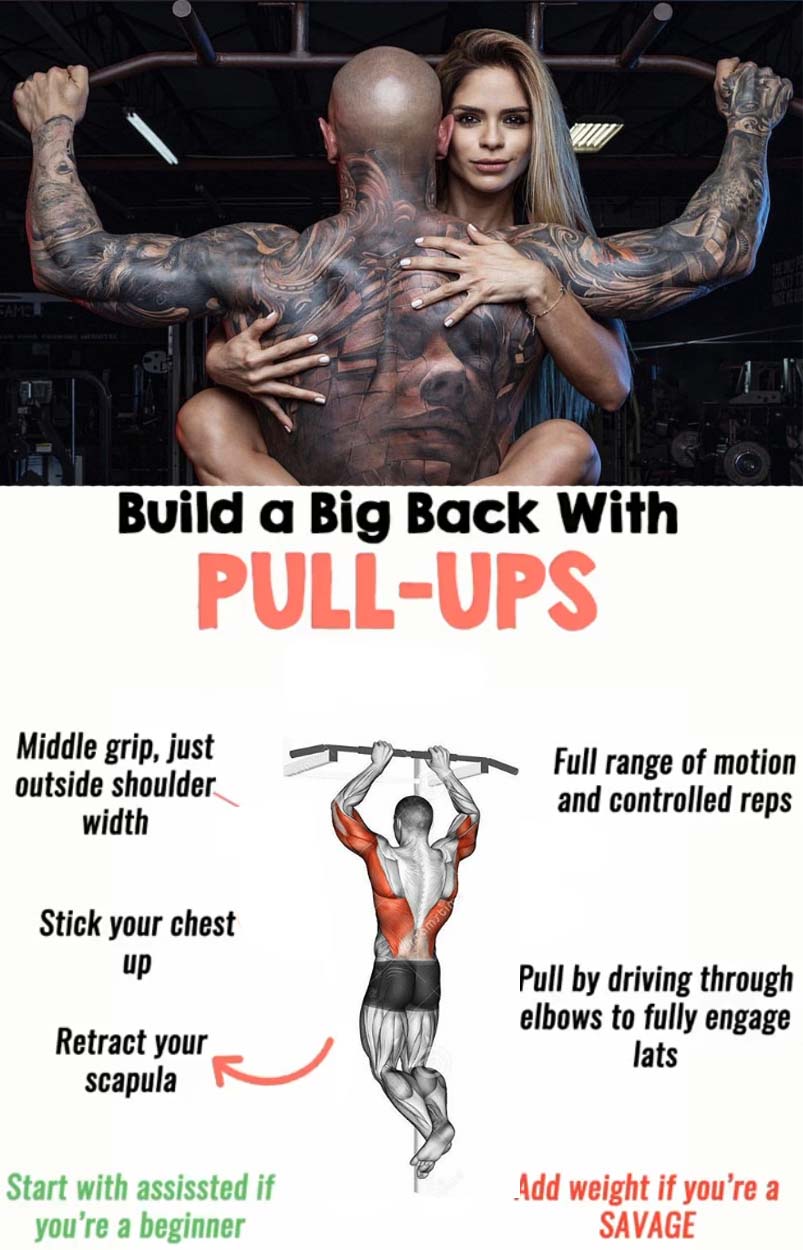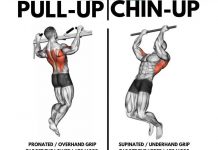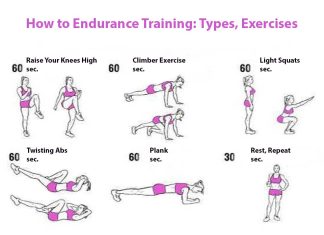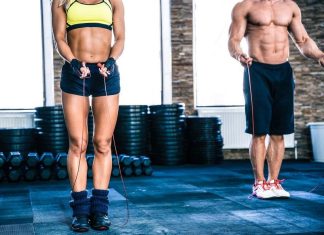[wp_ad_camp_1]
Everyone knows that pull-ups work well on the back muscles, but almost all beginners perform it incorrectly. It turns out that this exercise led to shock development of the back muscles, it is necessary to take into account several nuances of its implementation.
How to DO NOT pull-ups?
Do not try to jerk your head back, lifting your chin up – this will lead to the formation of a traumatic load in the cervical vertebrae.
Keep your shoulders and do not pull yourself in as you inhale.
Since our goal is to expand our backs, we don’t need to do each repetition “at any cost”, meandering on the horizontal bar. The development of muscles requires strictly vertical movements by lowering the elbows down. If this technique is too complicated for you, use a treadmill with a counterweight.
How to properly pull up to expand the back?
- To begin with, learn to bring the shoulder blades in the hanging on straight arms. You will need this skill in pull-ups, since it is in this position that the latissimus muscles are most strongly contracted.
[wp_ad_camp_2]
- The success of pull-ups, oddly enough, depends on the strength of the press. If the muscle corset is weak, forget about pull-ups.
- The most common mistake for beginners is to exercise at the expense of hand strength.
- In this case, there is a reduction in biceps, while the back at the same time receives a small part of the load. It must be remembered that the back muscles are responsible for retracting the elbows back, so you need to strive not to bend your arms, but to retract your elbows down. In this case, the lion’s share of the load will fall on the widest.
You can also read How to pull up in our article!
If you still cannot manage to pull up as described above, replace the pull-ups with an exercise in the simulator with a counterweight. Perform 2-3 sets of 10 reps. Once the skill is mastered, you can move on to the negatives – put the support on the crossbar, stand on it and try to slowly lower down (performing the second phase of pull-ups). Once you learn how to feel the back, you can start a full-fledged version of the exercise.
[wp_ad_camp_4]












